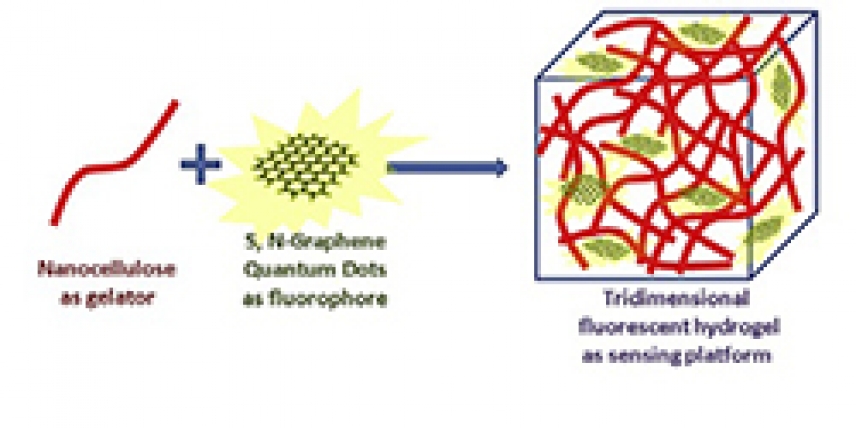 A research team at the University of Córdoba has developed a platform for sensing and measuring concentrations of a specific enzyme: laccase. As María Laura Soriano, a co-author of the research paper, explains “Laccase is a biobleaching agent widely used as an active ingredient in shampoos and toothpastes; for that reason, commercial shampoo samples were used to test the efficacy of the platform”.
A research team at the University of Córdoba has developed a platform for sensing and measuring concentrations of a specific enzyme: laccase. As María Laura Soriano, a co-author of the research paper, explains “Laccase is a biobleaching agent widely used as an active ingredient in shampoos and toothpastes; for that reason, commercial shampoo samples were used to test the efficacy of the platform”.
One function of analytical chemistry is to anticipate and prepare for future situations. Thus, if future legislation were to restrict laccase levels in everyday products, a reliable method would be available for sensing and measuring the enzyme.
The new sensor developed by the University of Córdoba is a gel matrix obtained from nanocellulose fibres. One property of this solid material is that it can be turned into a hydrogel simply by spontaneously adding water. The pioneering work by the research team focused on nanocellulose not only because of its low toxicity and low production costs, but also because it is natural, biodegradable and eco-friendly.
Concentrations of enzymes such as laccase are measured on hydrogels constructed by combining nanocellulose and graphene quantum dots. As Dr. Celia Ruíz Palomero reports, graphene quantum dots are highly fluorescent, a property enhanced by contact with nanocellulose gels.
The degree of fluorescence of the sample gel provides an indication of laccase concentrations. The fluorescence signal emitted is inversely proportional to laccase levels, i.e. the higher the laccase concentration, the less intense the fluorescence signal, and vice versa. The method thus provides a simple means of measuring laccase levels.
The new technique is fast, easy to use and, above all, reliable. Earlier methods measured enzyme activity, which tends to be strongly influenced by external factors, and particularly by environmental variables; such methods were therefore less reliable than the direct measurement of enzyme levels in complex samples, as implemented by the UCO research team.
Having succeeded in their initial aim – the development of a low-cost, eco-friendly, easy-to use enzyme detection platform – Soriano and her fellow-researchers recorded a further achievement: the hydrogel matrix proved to be an ideal medium for laccase storage. The platform they have developed can thus be used not only to detect laccase levels but also to stabilise and store the enzyme with all its properties intact.
Ruiz-Palomero, C; Benitez-Martinez, S; Soriano, ML; Valcarcel, M. Fluorescent nanocellulosic hydrogels based on graphene quantum dots for sensing laccase. ANALYTICA CHIMICA ACTA


